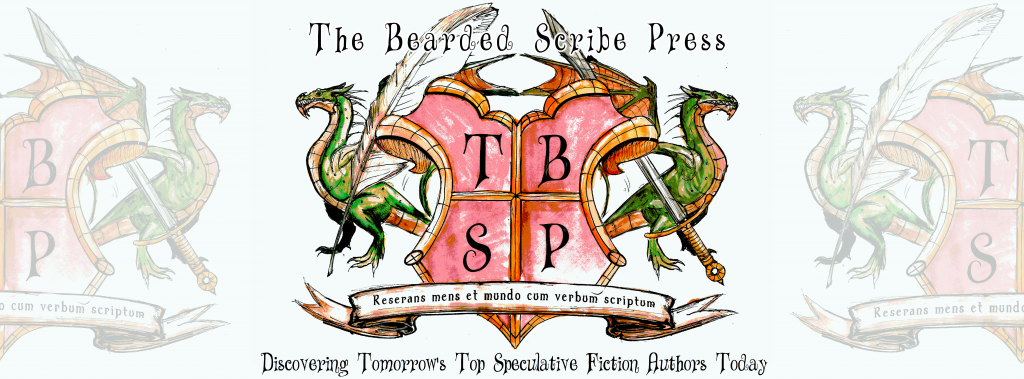Welcome back to The Quiddity of Speculation, where we dissect the various subgenres of speculative fiction and talk about some spectacular books from each! Today’s Quiddity is a favorite of mine—Steampunk! I love this subgenre for a variety of reasons, but chiefly because it revolves around history and one of my favorite time periods to research. Pull up a chair and a teacup and join me for an airship ride into the wonderful world of Steampunk!
By Definition:
In looking for a suitable definition of Steampunk to use for this piece, I ran into a bit of a sticky situation. According to Dictionary.com, it is “a subgenre of science fiction and fantasy featuring advanced machines and other technology based on steam power of the 19th century and taking place in a recognizable historical period or a fantasy world.” Here’s where it turns sticky, though: Within the broad genre of speculative fiction, Steampunk is a veritable Russian nesting doll—a subgenre of a subgenre of a subgenre. In the preface to Queen Victoria’s Book of Spells (Tor, 2013), authors Ellen Datlow and Terri Windling inform us that while this type of literature has experienced a surge in popularity of late, it is but one piece of a broader subgenre known as Gaslamp Fantasy, which in turn is a particular type of Historical Fantasy.
Historical fantasy may be set during any period of history. Datlow and Windling tell us, “Gaslamp tales can take place at any time during the 1800s, from the Regency years to Queen Victoria’s long reign… The stories may occasionally stray into the Edwardian era, but the genre ends with World War I.” Steampunk in particular, though, is nearly always set during the Victorian era, when technology was advancing with the Industrial Revolution, but the world was still powered by steam.
Keys for Writers:
Inspect Your Gadgets. Probably the most recognizable hallmark of Steampunk is the gadgets. If you’re looking to write a steampunk story, ask yourself, “What if steam power had no limitations?” Just how much could be accomplished using gears and copper wiring? What problems might arise from using this technology? Let your imagination have no limits when it comes to gadgetry in steampunk writing. Even if you’re not an accomplished artist, sketch a few key devices out before you write about them. If the writer does not know exactly what a contraption looks like or how it works, neither will the reader. The more elaborate and accomplished your technology is, the better the story will be.
Know Your Surroundings. The thing that separates steampunk from straight-up science fiction is a recognizable setting, both in terms of location and time period. Although most Steampunk is set in England during the Victorian era, there’s no need to be a slave to those boundaries. As Windling and Datlow told us, Steampunk is a particular breed of Gaslamp Fantasy, and that encompasses a very long time period. The Industrial Revolution makes a convenient backdrop for advancing technology, but it is by no means the only era in which to set a steampunk story. The trick is for the writer to know their setting well enough to insert a believable and technologically advanced storyline.
Rewiring the Cogs of History. So, you know where you are in space and time and you have amazing gadgets at your disposal. Now comes the seriously geeky fun part. Twist up the details that you learned in your history classes! There’s a catch here, though: you’re going to need to do some research. In order to believably twist history, you must first know history. Do your research before you start to write and your job will be infinitely easier. Keep researching as you write and allow details to morph as needed. As you learn, change a few key things. Merge multiple characters into one, kill off an important historical figure, or stage a power struggle. Show off your gadgetry by giving the characters a reason to use it. Have fun with this! Just don’t go overboard—remember that you need to keep the setting recognizable for the reader.
 |
I really can’t say enough good things about the preface and introduction to Ellen Datlow and Terri Windling’s Queen Victoria’s Book of Spells (Tor, 2013), which contains a great definition and historical information about the Gaslamp Fantasy subgenre as a whole, and of Steampunk in particular.
Conclusion:
Steampunk is currently surging in popularity in the publishing industry, and it has been said that it may even supplant dystopian and paranormal fiction as the next big thing in publishing. It’s also a perfect canvas for imagination to run wild in both the writer and the reader. Stay tuned for Part Two of this post, where I’ll discuss a few of the Steampunk books I adore!
Mechanically yours,



No comments:
Post a Comment